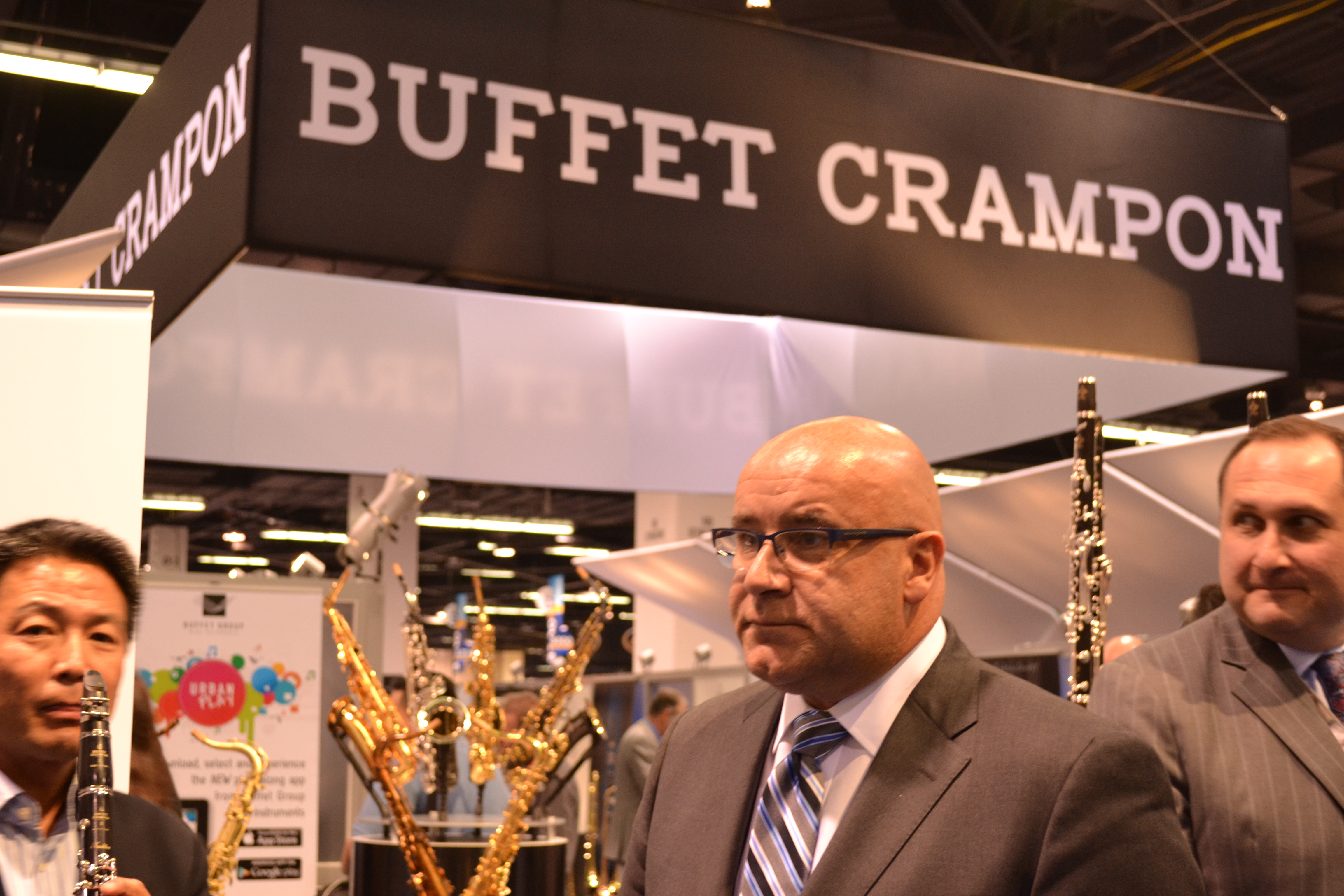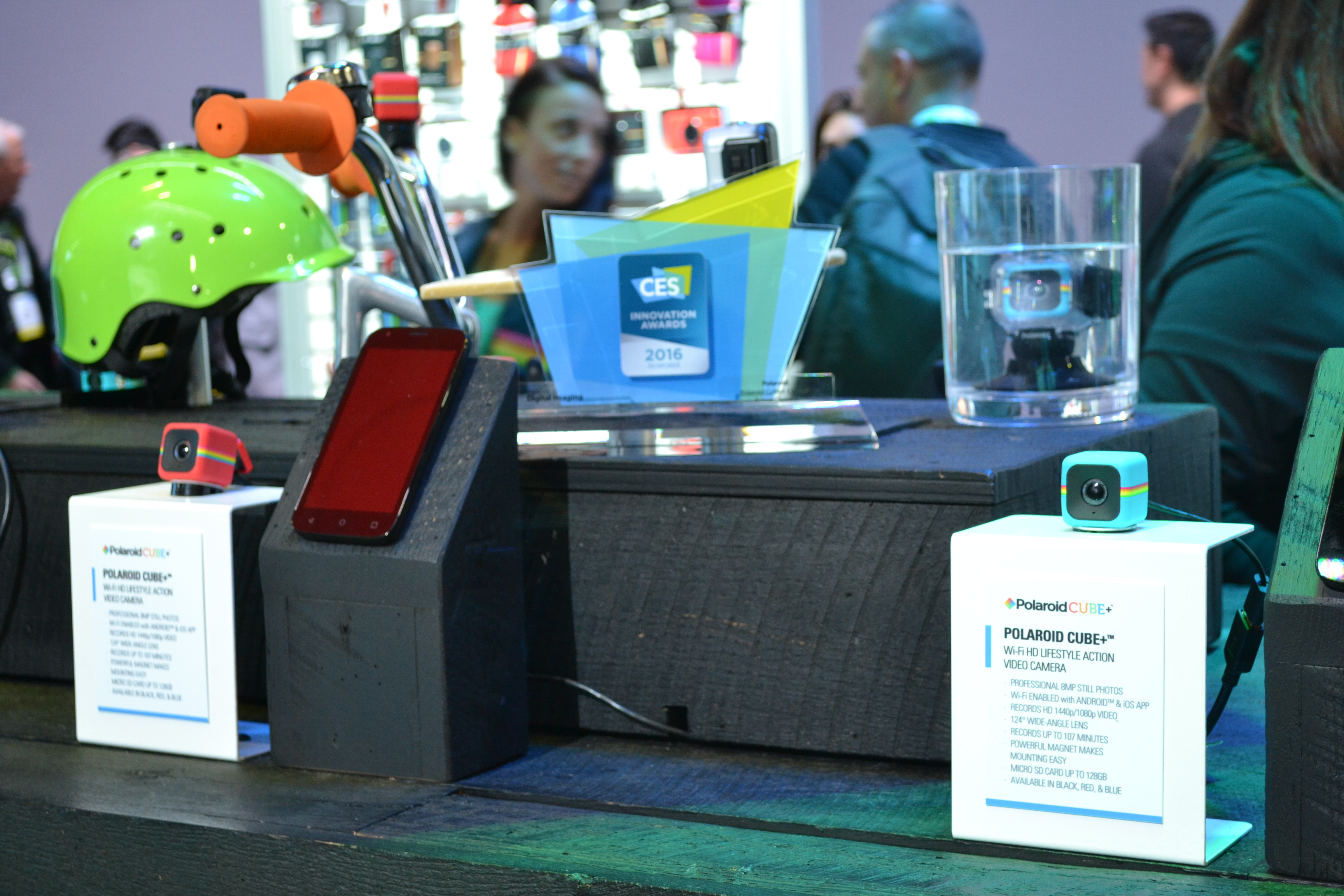
by Lidia Paulinska | Mar 2, 2016
Queen’s Bohemian Rhapsody was written 40 years ago by Freddie Mercury. It is a song that put the band on the top of music arena. It has spent 14 weeks at number one, giving it the fourth longest stay at the top of the chart. Bohemian Rhapsody is in a list of the all-time best sellers, with 2.36 million copies sold. It is a six-minute suite of the style called progressive rock that abandons the danceable beat that defines earlier styles and is more likely to experiment with compositional structure, instrumentation, harmony, rhythm, and lyrical content.
As Fathom Event continues to search a unique content this time is bringing the legendary rock band to select cinemas nationwide in Queen: A Night in Bohemia, specially restored and re-mixed for the big screen on Tuesday, March 8. Commemorating the recent 40th anniversary, this special event showcases the first-ever live recording of the record-breaking song and includes a never-before-seen documentary featuring archive footage and interviews with all four members of the band. The screening captured Christmas Eve 1975 at the Hammersmith Odeon in London concert accompanying with documentary that deep into Queen’s archives to tell the story of iconic band.
Tickets for the event on March 8 can be found at Fathom Events at www.fathomevents.com/event/queen-a-night-in-bohemia

by Lidia Paulinska | Mar 1, 2016
Buffet, the storied French manufacturer of woodwind musical instruments, including oboes, clarinets, flutes, saxophones and bassoons, refreshed its name and look this year. At the NAMM show, visitors to their booth had a chance to see a name change as well as a new brand logo for Buffet Crampon USA. This is the first change to their iconic woodwind logo in over 170 years. The company decided to make its new look for the 190th anniversary of Buffet Crampon and 90th anniversary of Julius Keilwerth, the German saxophone manufacturer established in 1925 and now a part of the Buffet Group.
The changes were revealed at first in France at the beginning of this year where the family Buffet began manufacturing quality clarinets in 1825. The French musical instrument maker expanded its operations under the vision of Jean-Louis Buffet and his wife Zoe Crampon. Buffet Crampon started operating exclusively in France, and over the years augmented the production to facilities in Germany and China.
Now Buffet Crampon is quickly approaching its second century of operation with a new name and logo as well as a new line of products including new clarinet models for 2016. The product lines now include Tradition professional clarinet and Prodige student clarinet. Tradition establishes a third professional clarinet bore family (alongside the R13 and RC families) and features the first collaboration of European and North American Clarinet Artists in the design of new model. Prodige, on the other hand, sets a new benchmark for student clarinets with an all-new bore design that retains the tone of the Buffet Crampon heritage. Jerome Perrod, global president of Buffet Crampon and Francois Klok, president of Buffet Crampon USA talked with me about the challenges for the music makers in the development of the instruments.
For beginning musicians, the biggest challenge is how to keep the attention to the instrument and continuing playing if the first sound is not satisfactory? The most important thing is to keep the contact with the instrument. The big development for the new instrument was covering a little so the sound is still pleasing. Now, it sounds good right away. This is a big move as a person learns to play the instrument because he/she feels better about their ability to create good sounds. This feedback encourages beginners to continue to play more and study harder versus dropping classes and quitting. Klok, who is an oboe and double reed player reminisced that he was seven years old when he started playing oboe. My brothers and sisters hated me for doing that he stated with smile.
There is another challenge for beginning musicians. Parents are not willing to make a big investment to buy an instrument with the high risk that their son or daughter is going to drop it very quickly. On other hand, if a school buys the instruments, after a few months and multiple players, the instrument is used to much to be attractive any more. The Buffet Crampon presidents know how important ownership of is. Francois remembered that his first obo was lend to him from conservatory, and then his parents bought him a used instrument. He remembered his happiness and pride of owning his first instrument. He knows (and feels) how it is to say – this is my own oboe. Not my sister’s, not somebody else’s, but mine. It is important to make it affordable to young students.
With the new Prodige student clarinet, Buffet Crampon did a wonderful job in addressing these issues. The instrument sounds acoustically beautiful and would not stop music adepts from dropping playing it yet has an attractive price point for parents and schools.
The bottom line is – to create orchestral music we need to have an orchestra with all the variety of instruments.

by Lidia Paulinska | Feb 29, 2016
Kalray – a French designer and provider of low-power, high-performance processors – is looking at American market as new opportunity for its growth.
The French company was established in 2008 as a spin-off from CAE (Atomic Energy Commission) to create the processors for embedded critical application market. As this market is still strong in 2014 the Board of Kalray appointed the new management of the company and implemented the new more market oriented strategy. Eric Baissus, who founded OpenPlug in 2002, one of the most successful European embedded software companies in wireless domain, became Kalray’s CEO. Gilles Delfassy who is presently the President of the Supervisiory Board manages the operations. Eric Bantegnie is responsible for software technology area. This is a good match to the experience of the executive team.
The management team continues a relationship with CAE. The company decided to address the market of mission critical real time applications and determined that a many core processor to be a solution. The target market was data centers, which was a continuing opportunity. They also identified a new opportunity appears in self-driving cars. Now, with the product poised to serve those two markets: data centers and self-driving cars, Kalray sees the opportunity to also be used for a storage controller.
Kalray was presenting the technical aspects of their product at the Linley Data Center Conference that took place in Santa Clara at the beginning of February and is going to be showing it in application with customer products at upcoming RSA conference in San Francisco, February 29 – March 4.

by Lidia Paulinska | Feb 28, 2016
The Maltese Falcon is a 1941 film noir written and directed by John Huston which marked Huston’s directorial debut. His screenplay was based on the novel of the same name by Dashiell Hammet, the great American mystery writer known for his hard-boiled detective stories and the creation of one of cinema’s most enduring characters, Sam Spade, the detective in The Maltese Falcon played by Humphrey Bogart. Co-starring with Bogart was Peter Lorre and Sidney Greenstreet as Kasper Gutman, the “Fat Man,” who at 61 years old and 300+ pounds was making his film debut which won him a much-deserved Oscar nomination.
Interestingly, Bogart, Lorre and Greenstreet were to be reunited a year later in another Hal Wallis production: Casablanca. Ironically, Huston initially offered the role of Sam Spade to George Raft who turned it down because of the “inexperience” of the director.
And indeed as a director new to the craft, Huston made every effort to create an innovative, evocative and professional work on every level of production and he succeeded famously. For example, he planned every second of every shot to the most minute detail, shot-for-shot setups making sketches of every scene.* Much to Hal Wallis’ delight, the film came in on time and under budget and proved to be an instant success at the box office.
John Huston (1906 – 1987) of course went on to write the screenplays for the 37 films he directed, many of which are today considered classics. In addition to The Maltese Falcon he created The Treasure of the Sierra Madre (1948), Key Largo (1948), The African Queen (1951) and many others.
One of the outstanding innovations of The Maltese Falcon was the brilliant cinematography of Arthur Edeson who was influenced by German Expressionism brought to America by German cinematographers during the 1920’s, a production style which is apparent in Edeson’s use of below eye-eye-level shots (for example, the low angle shots of Sidney Greenstreet when discussing the Maltese Falcon) and strong angular compositions combined with low lighting to create menacing shadows, all in black, white, and shades of gray.
Another innovation and by-product of Expressionistic technique shared with Orson Wells’ Citizen Kane which also premiered in 1941, was the low camera shots showing for the first time the ceilings of rooms in which the action was taking place, a commonplace today, but revolutionary for its time. Alfred Hitchcock, who in turn influenced Francois Truffaut, was to employ many of these Expressionistic techniques in his seminal films.
Huston’s film is the third version of the novel, the first having been attempted in 1931 with the same title and the second, titled Satan Met a Lady, starring Bette Davis was offered as a light comedy. By common consensus, Houston’s “Falcon” justifiably stands out as the true classic and a lasting cinematic treasure.
by Lidia Paulinska and Hugh McMahon

by Lidia Paulinska | Feb 19, 2016
If there is company that perfectly finds the balance between technology and art, it is Polaroid. A few years ago, Polaroid introduced a life style web camera Cube that competed with GoPro. But unlike the competition, Polaroid gave their product a modern design enhanced with pastel, rainbow colors that have this optimistic and vibrant energy matching the life style of young generation. The people who want to take pictures and videos then immediately share them with friends.
The Cube Plus that was released recently is an updated, advanced version of original Cube and has a Wi-Fi capability. So it can be connected to a smartphone or to a tablet. That allows to use smartphone or tablet as your view finder and send videos and photos through an app. Both for Android and Apple devices.
It can take 8MP still pictures and 1440p/1080p/720p videos. The image stabilization function reduces the likelihood of taking blurry photos and videos that often take place with hand-holding cameras. The Cube Plus takes this headache away. The amateur photographers can also enjoy taking pictures/videos being away from the camera. Magnetic function on the top and the bottom allows to mount Cube on a helmet, on the bike, on the snowboard and supports any active, life style of the amateur photographers.
When video recording, the Cube Plus supports better sound recording than the original Cube. The new microphone captured, even by the small size device, sound that is powerful and allows to enjoy not just images but also dialogs and talks during the actions.
Overall it is great product for great price that can enhance our social media sharing of our active life style stories.




